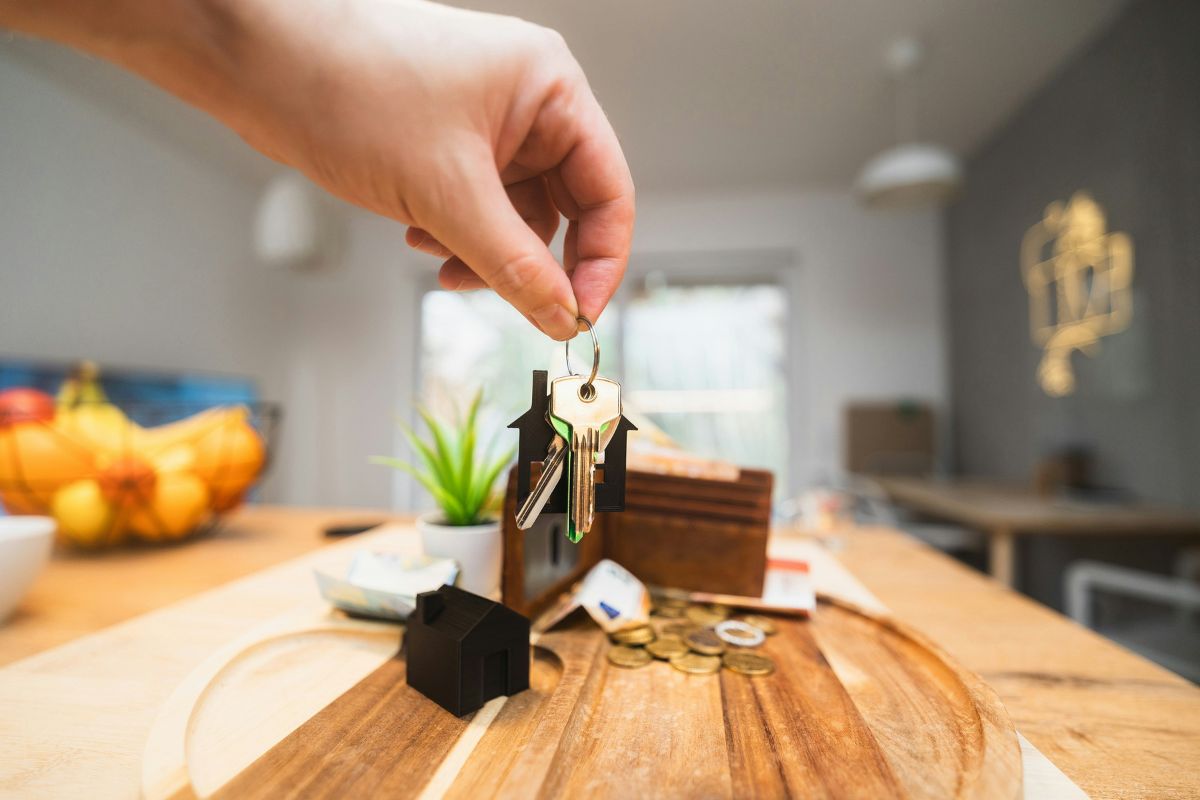What do the new government home guarantee changes mean?
Recently, we saw the Coalition announce it will raise the price caps for properties considered eligible for its Home Guarantee Scheme.
The expansion of the scheme was originally announced on the recent budget night. It would allow buyers with a deposit of as little as 5% to apply to have the government guarantee the other 15% required to hit an 80% LVR and avoid lenders mortgage insurance.
It was designed to get more borrowers into the market that had previously been hamstrung by the considerable hurdle of saving a 20% deposit plus enough to pay stamp duty and other upfront costs in an environment with next to no return on cash savings.
What it looked like before
On March budget night, the scheme saw its places doubled from the previous year, meaning 50,000 people could access the benefits.
Originally, the scheme was only eligible for the purchase of properties worth up to $800,000 in the greater Sydney area and regional NSW areas. In Melbourne, the cap was $700,000.
While the scheme was welcomed, analysis from CoreLogic showed just 14.6% of suburbs in greater Sydney would have been eligible for the scheme.
A similar study by REA found just 36 Sydney suburbs had medians low enough to allow a house purchase on the scheme, with these located between 30 and 95 kms from the CBD.
What it looks like now
In short, the caps for NSW and Victoria have risen by $100,000 each, which will bring a number of new suburbs onto the list of postcodes meeting the criteria.
The 50,000 annual places available under the Home Guarantee Scheme include 5000 guarantees for single-parent families, who can apply with a deposit of only 2 per cent.
There are also 10,000 guarantees a year for buyers, including non-first home buyers and permanent residents, to purchase or construct a new home in regional areas.
But will it really help?
There is always an argument from some economists that stimulus packages like these simply result in further price increases in the eligible areas, driven up by the extra competition.
The other challenge owner-occupiers have in affordable markets is from investors, who often don’t need to save a deposit as they have it available in useable equity from other purchases.
Investors had been showing some signs of caution this year, but with heat coming out of the market and rents on an astronomic rise, they may be encouraged back by new value opportunities.
Interest rates…that old chestnut
Everywhere you look, people will tell you interest rates are about to go up and up. Whether they do and by how much is something we may have to wait to find out, but the speculation has already affected sentiment.
Investors can be better equipped to handle interest rate rises as they can offset the extra costs with the rising rental income. Many are also on interest only loans so their properties remain positive cashflow even when rates rise significantly.
However, any owner-occupiers using A 5% deposit under this government scheme might find themselves in hot water should rates rise and values drop a little bit in their suburb.
The traps they don’t tell you about
Anyone relying on government home buying schemes being the solution to all their problems should take a breath and do a bit more investigation. While the home owner guarantee sounds positive, there are a few things that don’t make the headlines.
First, not all banks participate in the scheme. There are 27 participating lenders in Australia and only two of the big four – Commonwealth and the NAB – are taking part. Therefore, the best or most suitable lender for your own borrowing situation may not even be participating. See the link at the end of the article for participating lenders.
Next, the 5% deposit must be genuine savings and in the borrower’s account for at least three months before applying. It can’t be a gift or parental guarantee.
Finally, banks may actually charge a higher interest rate for borrowers on the scheme. The government may be guaranteeing the rest of the deposit, but banks usually charge more interest for lower LVRs and there’s nothing to suggest they wouldn’t do the same here. So you’d be looking at higher repayments even before any interest rate rises.
Please visit the following sites for more information:
Lenders participating in the home owner guarantee scheme



